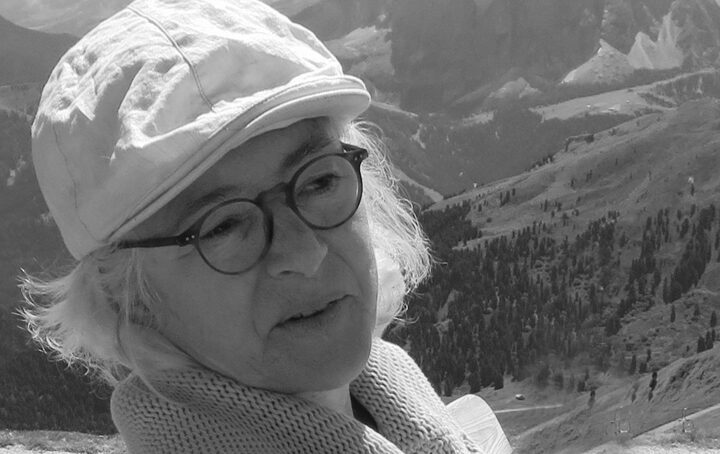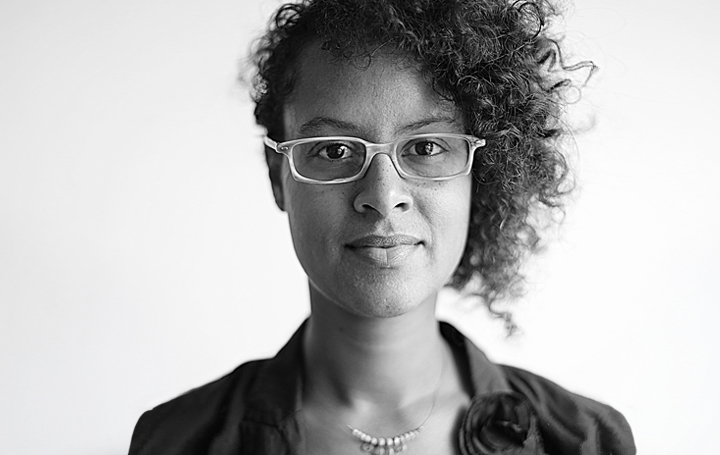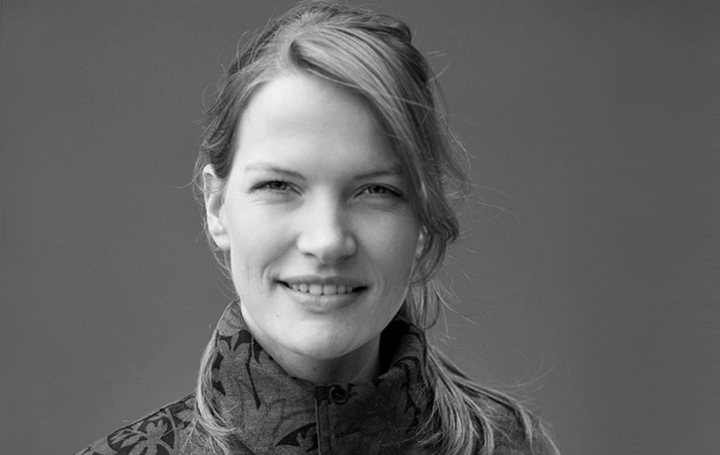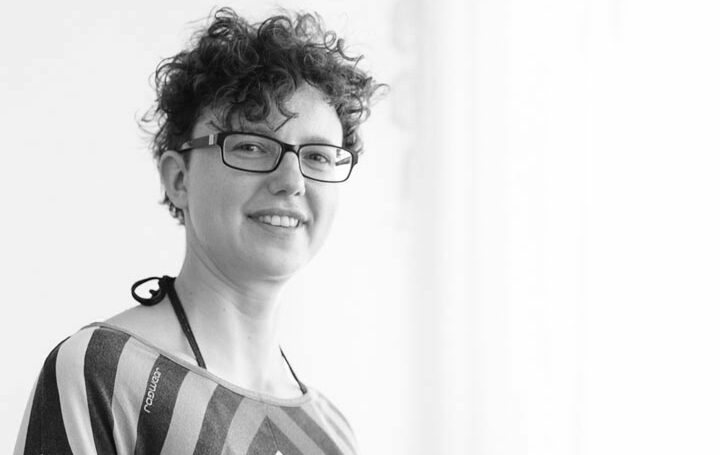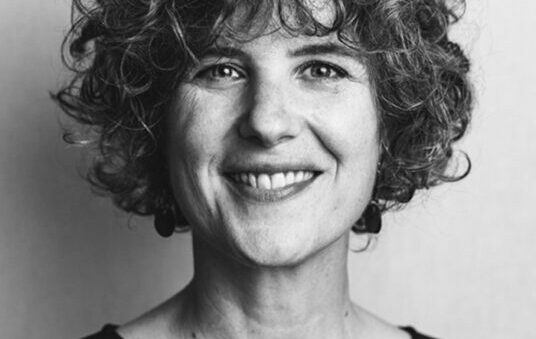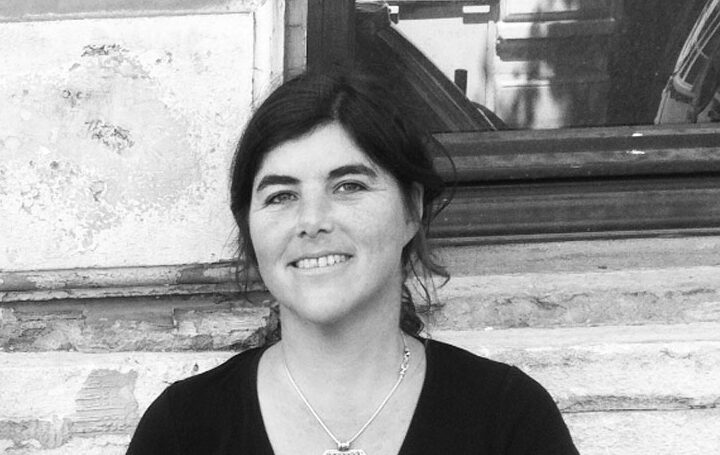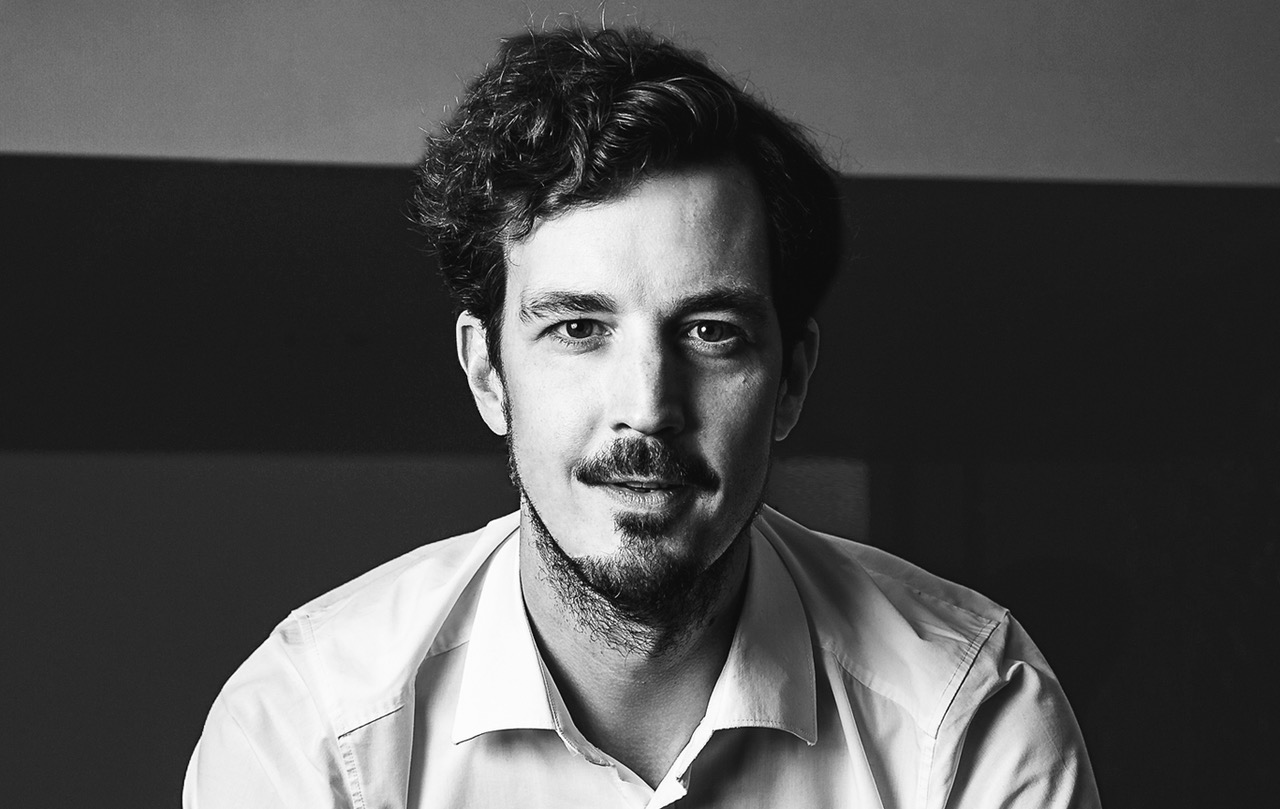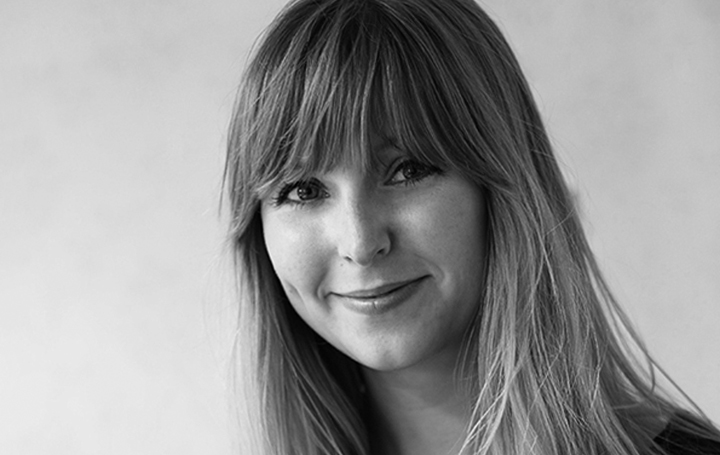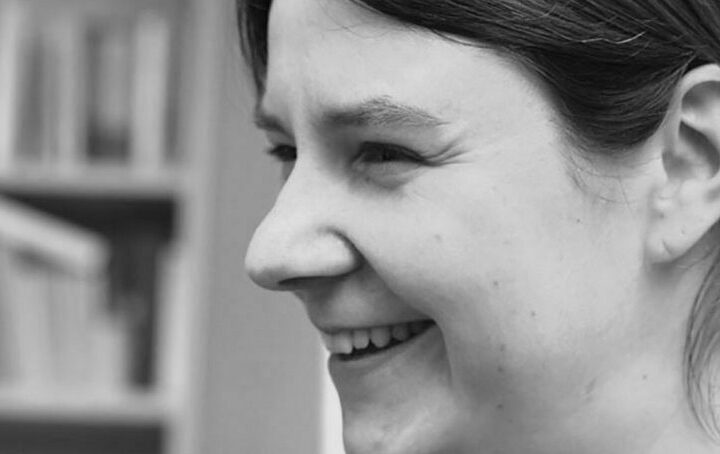CRAFT ACT
10. November 2016Trash Up! Festival in Dortmund
24. November 2016Facts
Designer: Sabrina Großkopp
Area: Industrial Design/Transdisciplinary Design
Location: Düsseldorf, Germany
Website: www.sabrina-grosskopp.de
From Industrial Design to the Future of Urban Agriculture
Since I began my transdisciplinary Master’s degree in design at the Folkwang University of the Arts in Essen, I have dedicated myself to the future of our nutritional situation because I wanted to reach more idealistic goals with my degree in industrial design than just serving the free market economy. My research on how food is currently being produced for industrialised societies left a bad taste in my mouth. Either because we consume so much packaged food that we are eating ourselves sick, or because the methods of food production and distribution (pesticides, plastic packaging, deforestation, long-distance transportation etc.) cannot be sustained for very long if we want to keep up with the social and ecological status quo. Not to mention the current global developments, the impacts of which we are already seeing: the drastic population growth, urbanisation, unpredictable weather and the loss of fertile land due to erosion, the rise of the sea level (cf. Randers, Jorgen (2012): 2052; Der neue Bericht an den Club of Rome. Eine globale Prognose für die nächsten 40 Jahre. Munich: Oekom Verlag, p. 163 – 191) have made the quick readjustment to new diets and the modification of production methods more and more urgent. The diverse methods used to produce food in cities (rooftop farming, indoor farming, vertical farming, aquaponics, hydroponic etc.) seem to be a promising alternative to the conventional methods of industrial food production. These new methods have been the starting point for many new movements, such as different forms of community gardening and the concept of the edible city, for example.
Life in a lotus city
I made it my job to find out which changes, primarily social changes of everyday life, could influence a complete switch to urban food production and what the consequences would be for the design and planning of buildings, services and the surrounding environment. That may all sound like city planning but I actually use my training and skills as an industrial designer and include tools from other disciplines of design. This enables me to make examples of this theoretical everyday life in a self-sufficient city more tangible. I also do not want to only paint pictures of the ideal conditions. The illustrated buildings or services might be inspired by a scenario that most people would find to be a less than ideal situation. In keeping with the relatively young field of speculative design (cf. Dunne, Anthony/Raby, Fiona (2013): Speculative Everything. Design, Fiction, and Social Dreaming. Cambridge, Massachusetts: The MIT Press), the illustrations of these scenarios serve to raise people’s awareness of the consequences of today’s actions on our near future and serve as a basis for negotiations about this future.
Free food everywhere?
Would would happen if in 20 years the concept of the edible city was realised in the way its representatives are demanding? First of all, one can ask why a city’s park’s commission should even make such a decision. Maybe the movement simply grew big enough to put enough pressure on the local authorities. If we stick with this example, then all of the public green spaces would be planted with useful plants: fruit trees in parks, berry bushes lining all the pathways, herbs on the walls of public property and so forth. This theoretical situation brings up many issues that would have consequences for the conception of new services and buildings. Would each citizen just be able to pick and harvest whatever and whenever they wanted? How can you teach inexperienced people how to deal with plants correctly? Would the park’s commission still be in charge of taking care of the green spaces? What would happen if free fruit, vegetables and herbs were to become so contaminated by different environmental impacts that they were harmful to one’s health? How would lay people tell the differences between edible and non-edible plants? What would happen with food that went unharvested? How could the citizens of a city be moved to use the food they have to work for instead of taking the easy way out and going to the supermarket? How can equal distribution be ensured – and how can you prevent the hoarding and selling of harvested food?
Fully automatic food production?
Or what would be the consequences of a decree that says all planned urban buildings have to have a certain percentage of cultivation area in order to get a building permit? This kind of decree could become necessary due to a food shortage resulting from the loss of fertile agricultural land, for example. But what would owners do if they personally didn’t need the cultivation area? They might try to rent out the area in question. If a lot of building owners did the same, there would be a number of individual cultivation areas in dispersed buildings to work with. Under certain circumstances, one big company could rent all of these available cultivation areas and combine them to form a network of cultivation area that would be quite large in its sum. Since labour costs are high in postindustrial societies, this company might try to automate the cultivation process as far as they could in order to get the most profit as possible out of the dispersed areas. This could imply a city in which crops are fully automatically sown, planted, cared for and harvested on a number of rooftops and facades, to then have them be perfectly sorted and brought down to a waiting delivery truck by a food lift. They would then be brought to the next supermarket. And since the cultivation areas are a lot smaller than fields used in the agribusiness, production companies would think about how they can make their city farms more productive and how they could protect the areas from production stops, for example those caused by power outages. Can existing spaces, for example, be used more efficiently because there is no need to leave room for a human agricultural worker? Can waste produced by the cultivation process be used to make nutrients for the plants and electricity for the cultivation system? And would consumers also prefer the food from the fully automated city farm over products from abroad?
Aquaponics or what?
At the moment I am an aquaponics intern at Mediamatic in Amsterdam where I experience everyday life on a city farm first-hand. Waste produced by fish provide the necessary nutrients for plants that grow in vertically aligned plant beds. Everything produced there is used in the Mediamatic restaurant. A large amount of water is saved by the permanent circulation of water between the fish tanks and the plant beds, which also saves the gardener regular plant watering. However, the daily maintenance and necessary technical and botanical knowledge should not be underestimated. As an industrial designer in this project I primarily work on making daily work on the farm easier and intensifying the cooperation between the farm and the restaurant. Better automation can reduce the work required on the farm and can make the system operations easier to work with. But if this became normal for people, would we be distancing ourselves from our ideals of our food sources by relocating them to the city and therefore much closer to our living environment?
Working towards foods produced in the city
More than one cultivation method will be necessary in order to approach the vision of a self-sufficient city. We have to use and further develop all types of concepts: from private and commercial, from interior to outside spaces, from rooftops to basements, from small to large spaces – and everything in between. And this includes existing infrastructure, social practices and the division of labour, and most of all, the existing eating habits.
The following links offer an overview of especially noteworthy projects:
Project „Essbare Stadt“ (English: Edible City) in Kassel
Project „Essbare Stadt“ (English: Edible City) in Andernach
Mediamatic’s Aquaponics Farm in Amsterdam
The Urbanists’Aquaponics Farm in Dortmund
Project “ReGen Villages” in Almere by the Effekt Architects
Vertical-Farm-Grower Infarm in Berlin



